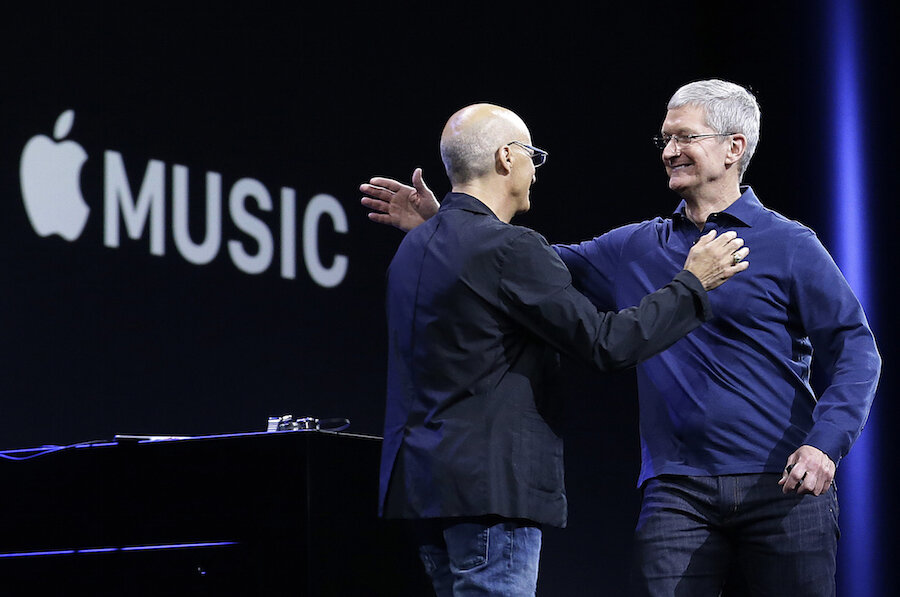Apple Music nets 6.5M paid users. Can it convince you to pay for music?
Loading...
On Tuesday, Apple announced that it has 15 million total users and 6.5 million paid users on Apple Music, the music-streaming service it launched over the summer.
Apple Music marks the company's attempt to reassert itself in the music industry after online music store iTunes's success and subsequent stagnation. The only obstacle:the music streaming game is dominated by giants like Spotify and Pandora, both of which boast user bases of over 70 million. While it may be the newcomer, Apple has already proven it can be a formidable competitor, garnering several million users in a few short months.
Apple Music launched with a three-month free trial offer, a move aimed at showing the curious iwhat Apple Music offered over more established streaming sites. The initial free trial, for people who signed up at launch, ended on Sept. 30. Apple Music has since convinced 6.5 million users to switch to paying for their services and continues to attract free-trial users – positive signs, according to Apple CEO Tim Cook.
"I think it's fabulous. And to have over 15 million on there, and 6.5 million in the paid category, I'm really happy about it, and I think the runway here is really good," Mr. Cook said at the WSJDLive, The Wall Street Journal’s technology conference.
Spotify, one of the largest competitors in the music streaming industry, is said to have 75 million active users and 20 million paid users – large numbers and the results of over seven years of work, according to the Wall Street Journal. Apple Music has managed to capture almost a third of Spotify's paid user numbers in less than six months. The key to the paid user success might be Apple's marketing approach.
Apple Music has tried to differentiate itself from its larger competitors with services like the 24-hour radio station Beats 1 , social features like Connect, and music lists curated by experts.
“We have music experts, just like the DJ when we were growing up… It brings the art back in music,” Mr. Cook said at WSJDLive.
Whether or not bringing “art back in music” will help Apple stay afloat in competition with much larger sites remains to be seen. Pandora and Spotify’s large user bases are attributed chiefly to free users, who bring in revenue through advertising. Once the free trials are over, Apple Music will not offer free music streaming.
Apple might be aiming for quality over quantity and attempting to dominate the most lucrative aspect of online music streaming: paying customers. In 2013, online music streaming services generated $1.4 billion in revenue, according to the Recording Industry Association of America. Around $220 million came from advertising. Nearly half ($628 million) came from customers who paid for music streaming services.
By targeting only paying customers, Apple is gambling that music listeners will view access to Apple’s curated lists and other services as more appealing than listening to music for free elsewhere.






